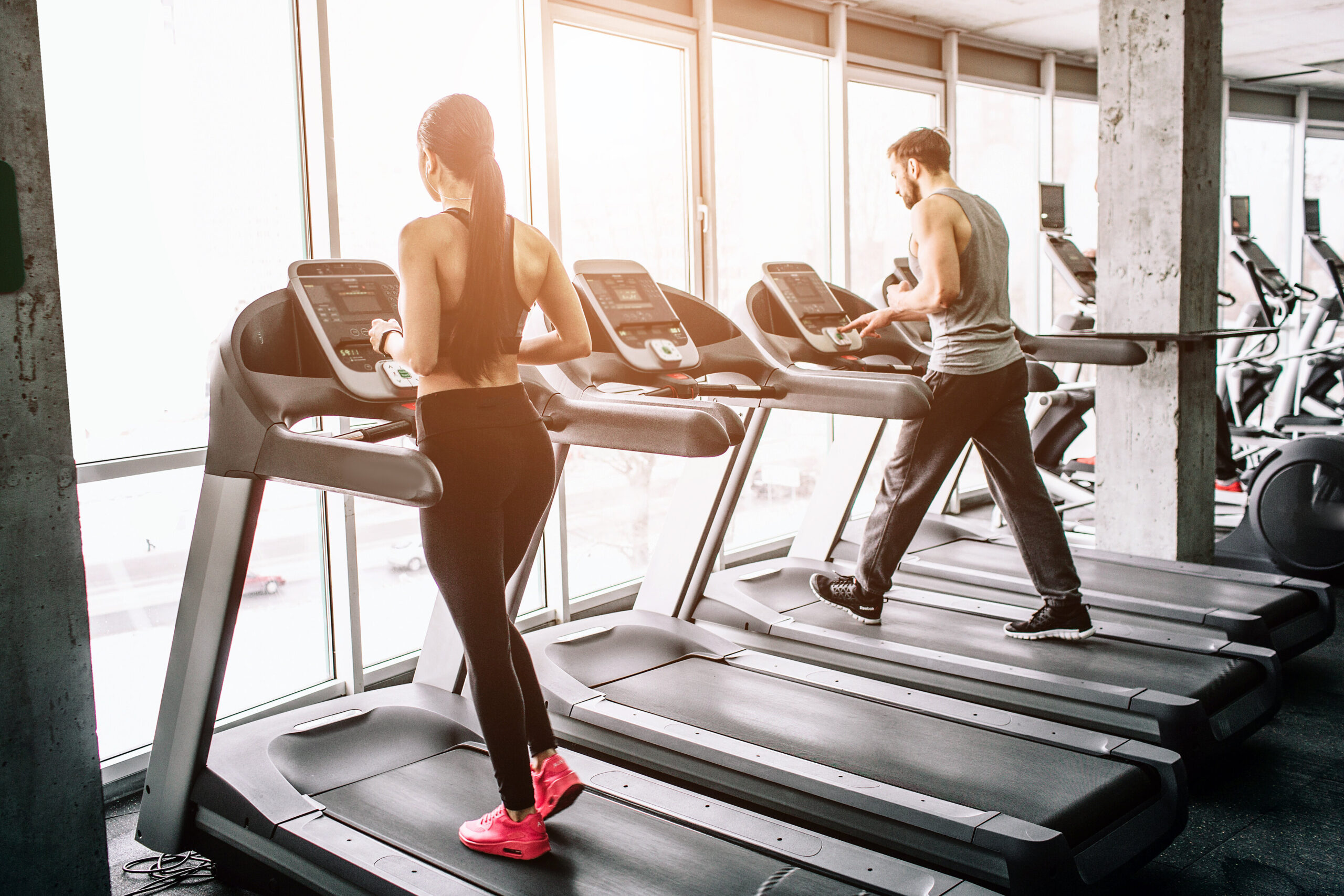You don’t need a fancy gym membership or expensive workout gear to stay healthy. Look into simple, low-cost fitness options that help you stay active without draining your wallet.
Get Moving Outside
One of the easiest and most affordable ways to stay in shape is by heading outdoors. Walking, jogging, or biking through your neighborhood or local park doesn’t cost a dime and provides great benefits for both your physical and mental health. Regular movement, even in short bursts, can improve heart health, help with weight management, and lower stress levels.
If you need some extra motivation, fitness apps like AllTrails can help you find nearby hiking trails, walking routes, or nature paths. Exploring new areas also keeps your routine interesting so you don’t get bored. Best of all, these outdoor activities are completely free and easy to fit into a busy schedule.
Use Free Online Workouts
YouTube has become a go-to fitness platform for people looking for quality workouts at no cost. Whether you’re into yoga, dance, strength training, or beginner cardio, there’s something for everyone. Channels like Yoga with Adriene and Fitness Blender provide full-length classes you can follow right from your living room—no equipment required.
If you prefer a structured program, many fitness creators offer week-long or month-long workout plans that are totally free to access. Just grab a yoga mat or towel, clear some space, and you’re ready to go. This is a great option if you’re just starting out or want to try something new without making a big financial commitment.
Make the Most of Bodyweight Exercises
You don’t need a gym full of weights to build strength. Bodyweight exercises like push-ups, sit-ups, squats, and lunges are effective for building muscle and improving endurance. These moves can be done in your home, at the park, or anywhere you have a little space.
If you’re not sure how to get started, websites like NerdFitness offer free bodyweight routines for all fitness levels. The idea is to build a habit of moving your body and progressing slowly. Start with 10 to 15 minutes a few times a week and build from there.
Turn Daily Tasks Into Exercise
Sometimes the best way to get fit is by working movement into your everyday life. Walk or bike instead of driving short distances. Take the stairs instead of the elevator. Do squats while waiting for your food to cook or stretch while watching TV.
These small activities might not seem like much, but they add up. The goal isn’t to squeeze in a perfect workout every day—it’s to make regular movement a normal part of your routine. That mindset shift can make a huge difference over time, especially when paired with occasional more structured workouts.
Explore Community-Based Fitness
Many local communities offer free or low-cost fitness classes in public spaces. From yoga in the park to community Zumba nights or walking clubs, these are great ways to stay active and meet people without spending much. Check the website for your city, library, or parks and recreation department to see what’s available near you.
Local YMCAs or community centers often offer income-based pricing, and some even have day passes or scholarship programs for families who qualify. If you prefer working out with others, these types of programs can be both affordable and encouraging.
Get Creative With Equipment
You don’t need fancy weights or machines to get a good workout. A sturdy chair can be used for dips or step-ups. Canned goods or water bottles make great makeshift dumbbells. Resistance bands and jump ropes are cheap, take up little space, and are incredibly effective for building strength and stamina.
Retailers like Amazon offer budget-friendly fitness kits that include everything from yoga blocks to resistance bands. You can slowly build a mini home gym that meets your needs without costing hundreds of dollars.
Consider Fitness Apps and Free Trials
There are dozens of free fitness apps available for smartphones that offer guided workouts, tracking tools, and even challenges to keep you motivated. Apps like FitOn, Nike Training Club, and MyFitnessPal provide a mix of strength, cardio, and flexibility workouts, often with zero cost.
Many paid apps also offer free trials or basic free versions. Try a few to see what fits your style and goals. If you enjoy the structure and want more features later on, look for discounts or promotions before signing up for anything long term.
Use Social Media for Support
Sometimes motivation is half the battle. Following fitness influencers, joining free Facebook groups, or tracking your progress on apps like Instagram can help keep you accountable. Just be careful not to compare yourself too harshly—use these platforms as inspiration, not competition.
You might also consider finding a fitness buddy, even virtually. Checking in with someone else who’s also working toward their health goals can help you stay consistent and make the process more enjoyable.
Make Movement a Daily Habit
One of the best parts of affordable fitness is that it doesn’t require perfection—just consistency. You don’t need to work out for an hour every day. Even 10- or 20-minute sessions of movement can improve your energy, sleep, and overall mood.
Treat fitness like brushing your teeth: it’s part of your daily routine, not a special event. Once you make it a habit, it becomes easier to stay active without having to think about it so much.
Know That Every Step Counts
It’s easy to feel overwhelmed by fancy gyms or expensive workout gear on social media, but the truth is: simple, consistent movement is what matters most. You don’t have to spend money to be fit. Walking around the block, doing some stretches in your bedroom, or dancing in your kitchen are all valuable forms of exercise.
Affordable fitness is about finding what works for you—and sticking with it. Whether you prefer outdoor walks, bodyweight workouts, or online yoga, there’s a low-cost option that fits your life.
Sources:


